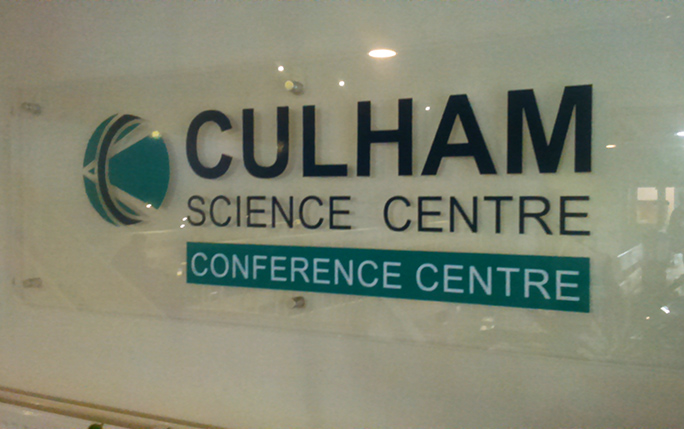Latest research results on Monte Carlo simulations presented at MCNEG2020

Thomas Primidis from the QUASAR Group has recently participated in a conference organised by the UK forum for users of Monte Carlo Neutron, Hadron, Electron and Gamma radiation transport codes (MCNEG2020) that took place in the Culham Science Centre in Culham, Oxfordshire. Experts in Monte Carlo radiation transport coming from academia and industry presented their work on fusion energy and medical physics simulations as well as newer Monte Carlo simulation codes that are being built in order to solve highly complex problems in a few decades from now.
Thomas presented his latest results regarding the image quality effects from a 45-source 3D X-ray imaging system when these 45-sources do not operate as expected. He simulated several scenarios of non-nominal performance and compared the image quality of the resulting 3D reconstructions. Thomas’ project is a collaboration with Adaptix, the company that builds this 45-source 3D X-ray system and his results can be used to see how robust is the system against such failures and they could also help identify which emitters are more critical than others, potentially allowing the less critical emitters to be omitted in order to reduce patient dose.
Thomas found the conference very interesting and a great opportunity to share thoughts with experts in the field of Monte Carlo radiation transport. After the conference, the Culham Centre for Fusion Energy offered a tour of their facilities and everyone got a glimpse of JET, the world’s largest and most advanced tokamak which is also the focal point of the European fusion research program.
MCNEG2020 was an overall enjoyable event, full with constructive discussions and allowed Thomas to grow his network as well as see several other uses of Monte Carlo codes and the future of computational methods in general.